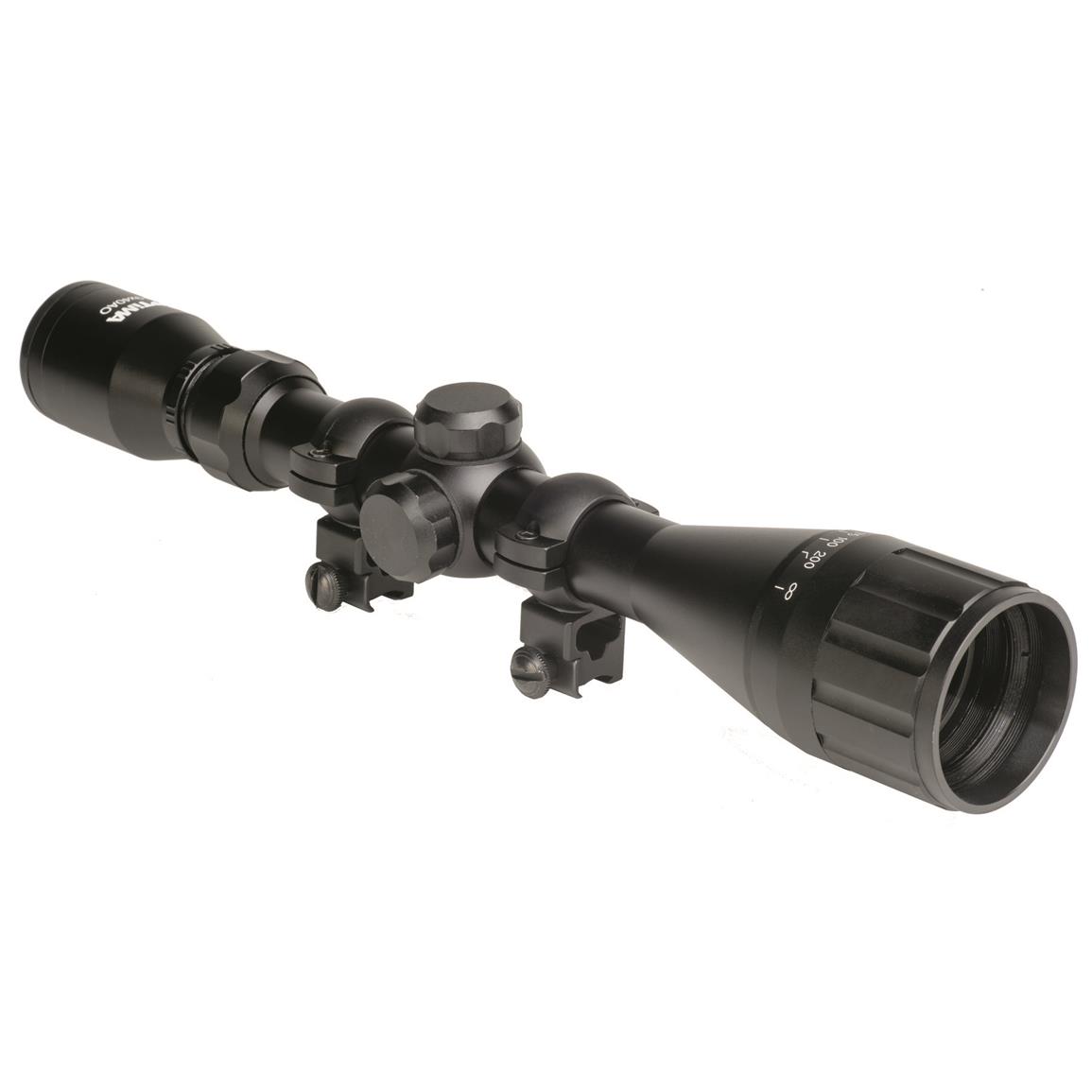Pellet guns have gained fame among shooting aficionados for their flexibility, affordability, and the diverse applications they serve. Whether you're a beginner looking to explore into the world of shooting or an experienced marksman seeking to boost your skills, comprehending pellet gun ammunition and what to consider when choosing the suitable gun is crucial. This guide will examine everything from propulsion systems and calibers to important features that can impact efficacy, protection, and convenience.
In this in-depth analysis, we will cover the key aspects of identifying the optimal pellet gun for your preferences, whether for game shooting, target shooting, or nuisance animal control. We will underscore important considerations such as the operation, energy source, and construction, ensuring you make an informed decision. Additionally, we'll delve into the details of ammunition types, relevant safety features, and supplements that can improve your shooting experience. Join us as we explore the complexities of pellet guns and assist you find the best match for your shooting interests.
Choosing an Appropriate Pellet Gun
Choosing your ideal pellet gun calls for thorough consideration of various aspects. First, first and foremost, identify your primary purpose for the purchase. If you need a pellet gun for shooting targets, pest control, or small game hunting will significantly affect the choice. Every application requires specific features, such as strength, precision, and the type of pellet that suits the task at hand. Knowing how you plan to use the gun helps narrow down the options early in the decision-making journey.
Then, consider which power source which best fits the needs. Pellet guns come in three main categories: spring-powered, CO2, and PCP (pre-charged pneumatic). Spring guns are often more affordable and easier to use for beginners, while CO2 guns offer convenience and steady performance. On https://pelletguns522.werite.net/safety-first-top-guidelines-for-using-pellet-guns , PCP guns are recognized for their high power and accuracy but typically come at a higher price point. Evaluating the budget along with the level of effort you are ready to invest in maintaining the selected gun will guide you toward the best power source.
Another important aspect to think about is its caliber of a pellet gun. The most common calibers for pellet guns are .177 and .22, both offering unique benefits in regards to accuracy and stopping power. A .177 caliber is typically used for target shooting and small pests due to its high velocity, while a .22 caliber is preferred for hunting as it delivers more stopping power. Take check my site to investigate which caliber is best suited for your intended use, and make sure to choose a pellet gun that accommodates that choice effectively.
Key Features to Consider
When selecting a pellet gun, a primary factor to consider is the type of power. Pellet guns typically operate on three primary types: spring piston, CO2, and PCP. Every type comes with its own benefits and drawbacks. Spring piston guns are often more affordable and require no extra gas or air, making them suitable for beginners. CO2 guns, on the other hand, allow for semi-automatic firing and uniform velocity but rely on cartridges of gas. you can find out more provide superior power and accuracy but can be pricier and require a refilling setup. Identifying the power source that fits your requirements will significantly impact your shooting experience.
Another essential feature to examine is the caliber size of the pellet gun. Popular calibers include .177, .22, and .25 caliber, with each serving different purposes. For example, Pellets in .177 caliber are ideal for target shooting due to their accuracy and higher velocities, while the .22 caliber is often chosen for small game hunting. The choice of caliber influences both the gun’s performance and its effective range. Assessing your intended purpose will help you decide the most suitable caliber for your needs.
Lastly, the design and weight of the pellet gun are vital to handling and shooting comfort. A more substantial gun can provide stability and reduce recoil, which is helpful for long shooting sessions. However, it can also be difficult for younger or less experienced shooters. Look for a model that balances weight and ergonomics, ensuring a pleasant grip and straightforward control. Additionally, think about the materials in its design; guns with synthetic stocks can be more durable and weather-resistant, while models with wooden stocks can offer a timeless look and charm. Balancing these features will elevate your overall shooting experience.
Pellet Gun Security and Maintenance
Ensuring safety when using air guns is paramount , particularly for newcomers or those new to the activity. Always treat your air gun as if it is live, keeping the barrel directed in a safe direction. Be aware of your surroundings and confirm that you have a proper backdrop when shooting . Using proper eye and ear protection can greatly minimize the risk of injuries, as pellets can ricochet , and noise can be harmful. Additionally , do not let anyone to stand in front of your firing line and always be careful when inserting or removing your gun .
Maintenance is essential to the longevity and performance of a air gun. Consistently check and clean the barrel to prevent lead buildup, which can impact accuracy. Inspect seals and O-rings , especially in carbon dioxide and precharged pneumatic guns, to ensure they remain undamaged. Oiling should be done per the maker's guidelines, using only recommended oils to avoid damage. Storing the gun in a safe , dry place will help avoid rust or damage from moisture.
Finally, familiarize yourself with proper procedures for securing your air gun safely. Employ a lockable case or cabinet to deter unauthorized access and securely store ammunition away from the firearm . Regularly review and adhere to any local laws regarding the possession and use of pellet guns to ensure adherence. By prioritizing safety and maintenance , you can enjoy your air gun for years to come while minimizing risks.

